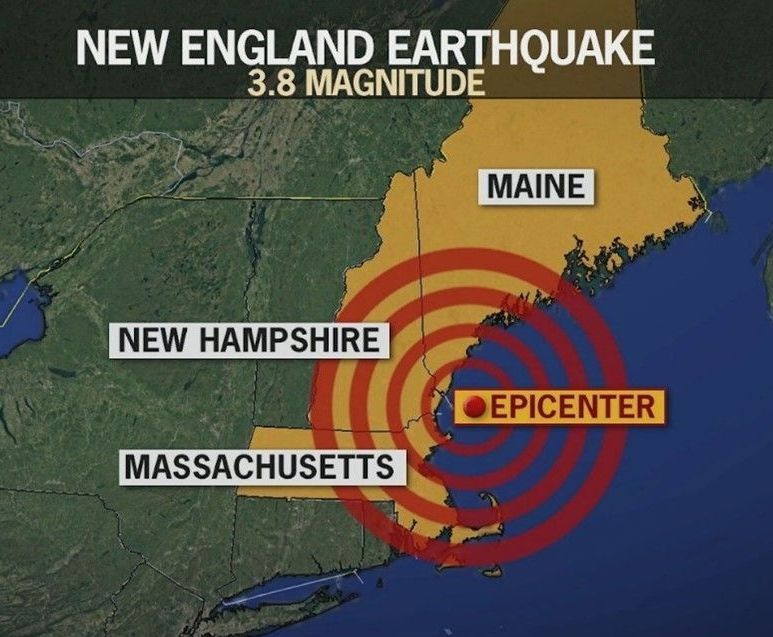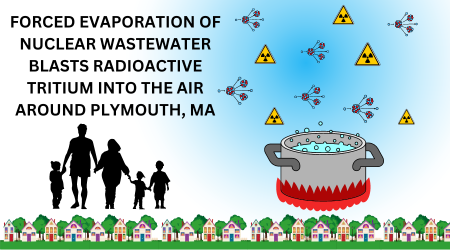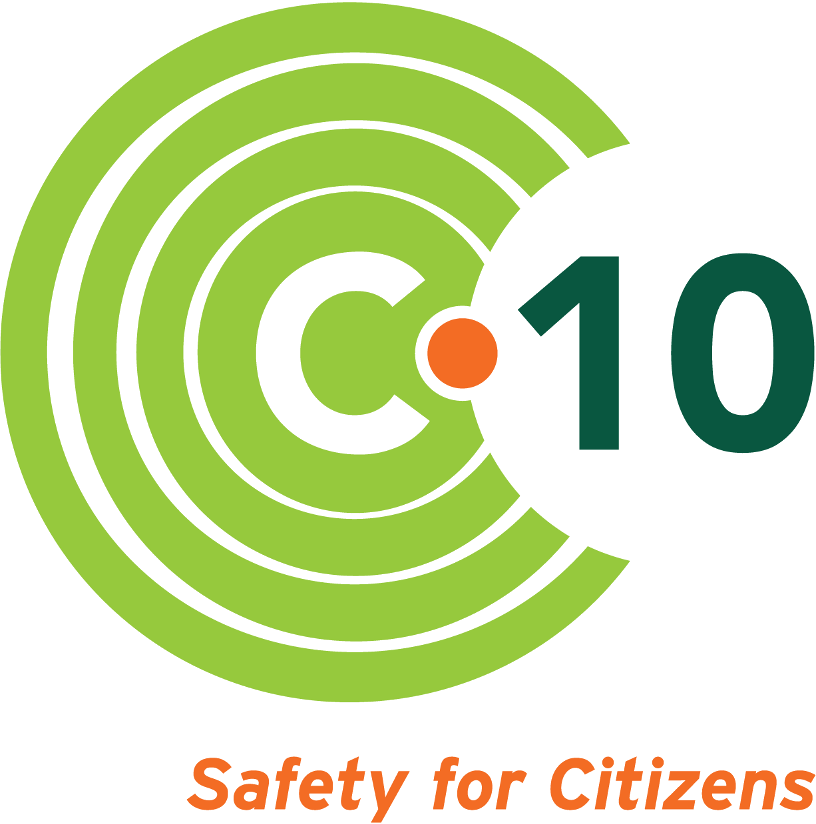NextEra’s Halloween Trick: Seabrook Owner Appeals Board Ruling
- By C-10 Administrator
- •
- 07 Nov, 2017
An Update on the License Amendment Process & Seabrook’s Concrete
As we wrote on our October 8 blog
, the federal Atomic Safety and Licensing Board (ASLB) granted C-10 intervenor status in the docket relative to NextEra’s License Amendment Request
concerning the ability of the Seabrook Station nuclear plant’s deteriorating concrete
to continue to perform as intended.
As a pro se
party without legal representation, we’ve been working with attorneys from the U.S. Nuclear Regulatory Commission (NRC) and Seabrook owner NextEra Energy to establish ground rules relative to the discovery process, schedule, sensitive document access and so forth.
The public hearing the ASLB ordered in its ruling
won’t happen until after
NRC staff issues their recommendations on the License Amendment Request, and that won’t be until fall of 2018. We do know that the hearing be held near Seabrook Station and likely will last several days. C-10 was the only outside party that sought and was granted intervenor status.
Meanwhile, as former C-10 staff and board members pour through old emails and compile documents to support our contentions
, the clock ticked down on the deadline to appeal the ASLB’s ruling.
On Halloween, there was no treat from NextEra attorneys, whose appeal hammered the ASLB for considering regulatory precedent in their decision to give leeway to a citizens group, and for taking the recommendation of NRC staff and reformulating the five contentions they admitted had merit into one:
“The large-scale test program, undertaken for NextEra at the FSEL, has yielded data that are not ‘representative’ of the progression of ASR at Seabrook. As a result, the proposed monitoring, acceptance criteria, and inspection intervals are not adequate.”
It is not terribly surprising that NextEra Energy appealed the Board’s ruling admitting C-10 and our contentions. They are a multi-billion dollar company, representing the entrenched interests of the nuclear power industry. C-10 Research & Education Foundation is a small local non-profit group that has worked for 26 years to protect the health and safety of people who live near Seabrook Station.
We have been under contract with the Commonwealth of Massachusetts for decades to operate our airborne radiation monitoring network as a means of providing state and local authorities with information on any unusual radiological events surrounding Seabrook.
With our petition to intervene and call for a public hearing on NextEra Seabrook’s License Amendment Request, we have simply asked the ASLB to consider whether the testing and monitoring of the very serious condition known as ASR
is adequate to ensure that Seabrook’s concrete will continue to protect the public from radiological releases if something goes wrong at the plant.
C-10 should not be the ones on trial in this docket. We are simply asking that federal regulators do their job to ensure that the plant is safe enough to retain its operating license.
The saga continues, and we’re in it for the long-haul. But it’s going to be a costly fight; we expect we’ll need to raise several tens of thousands of dollars to pay for experts in concrete science and structural engineering to support our contentions and prepare for a hearing.
Your support
will help us fund this important regulatory fight, which could have far-reaching implications; Seabrook was the first nuclear plant in the country where the alkali silica reaction was discovered, but it likely won’t be the last. Existing NRC regulations don’t provide guidance on the protocols to handle the problem.
Thank you for standing with C-10 — always working for the safety of citizens who live and work near Seabrook Station.
Follow us





